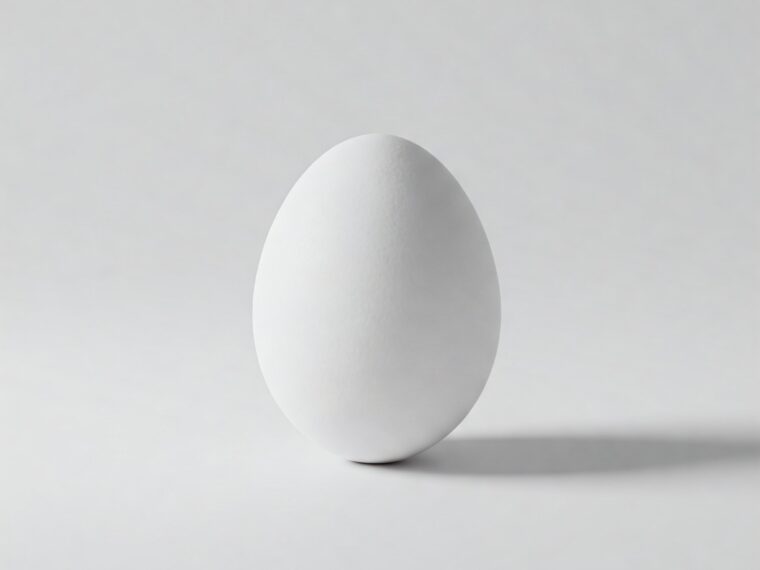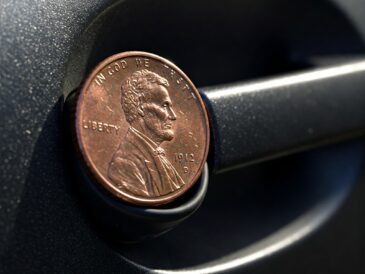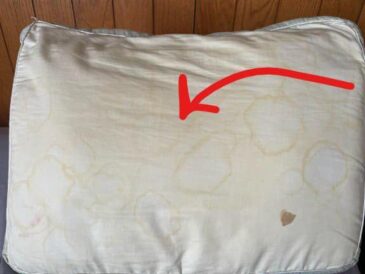🧼 Step-by-Step Instructions:
- Fill a bowl with cold water. Make sure there’s enough water to completely submerge the eggs.
- Gently place one egg at a time into the bowl.
- Observe how the egg behaves: Position in WaterEgg FreshnessSinks and lays flatVery fresh — safe to useSinks but stands uprightStill good, but use soonFloats to the topNo longer fresh — discard
🔍 Why the Float Test Is So Accurate
Unlike expiration dates printed on cartons (which often indicate the “sell-by” date), the float test measures an actual physical change inside the egg. This makes it a more precise and trustworthy method, especially if you’ve stored your eggs past the printed date or bought them fresh from a local farmer.
🥄 Bonus Tip: The Shake Test (Optional)
Another method, though not as reliable as the float test, is the shake test:
- Hold an egg near your ear and shake it gently.
- If you hear sloshing, the egg is likely older because the yolk and white have started to break down and thin out.
- Fresh eggs will not make much noise.
While this method isn’t as conclusive, it can be used in combination with the float test.
🥚 How to Store Eggs for Maximum Freshness
- Refrigerate eggs immediately after purchase.
- Keep them in their original carton to prevent moisture loss and odor absorption.
- Store them with the pointed end down, which helps keep the yolk centered.
Fresh eggs stored properly can last up to 5 weeks in the refrigerator.
🧁 What About Cracking the Egg Open?
Still unsure after the float test? Crack the egg open into a bowl before cooking:
- Fresh egg: Yolks are round and firm, whites are thick and stay close to the yolk.
- Old egg: Yolks are flat and the whites spread thin and watery.
This visual method can offer final confirmation before you scramble, fry, or bake.
✅ Summary: The Most Accurate Way to Test Egg Freshness
- Use the float test as your first and most reliable check.
- Crack and inspect if you want extra reassurance.
- Store eggs properly to extend their freshness and reduce waste.
Egg freshness matters — not only for taste, but for safety. With this simple water test, you’ll never second-guess your eggs again!




